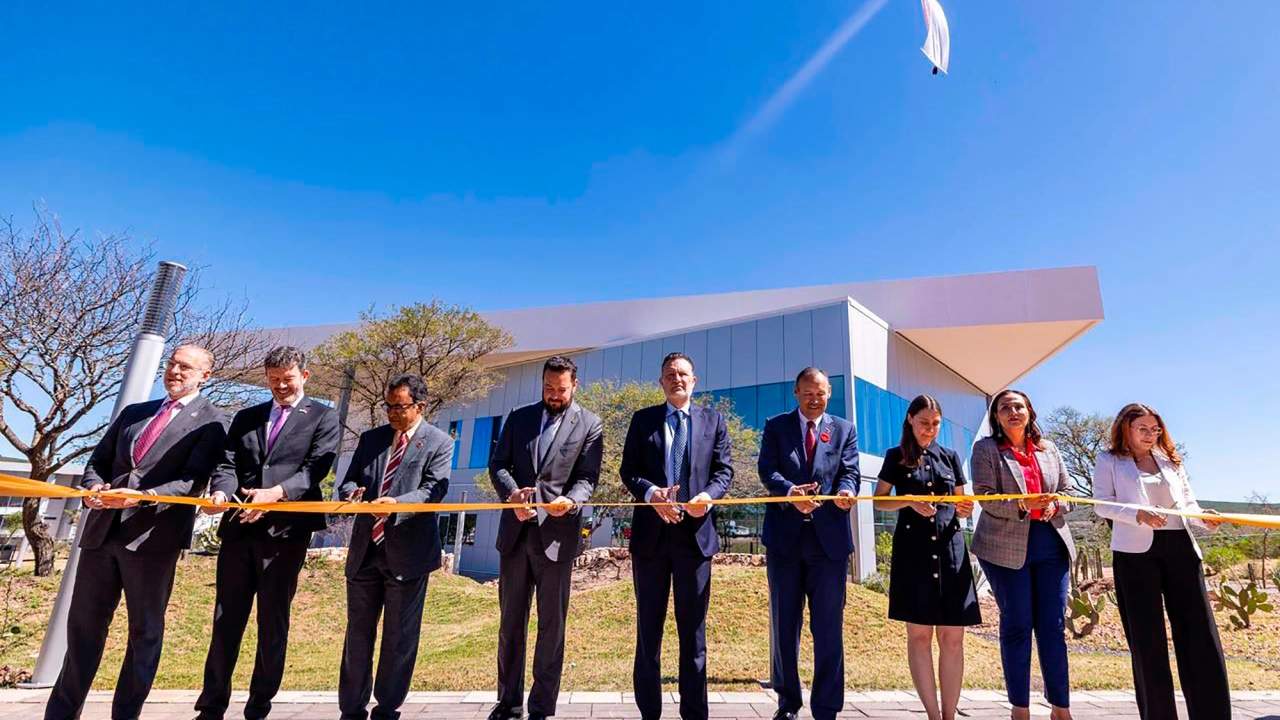Elisia Education Hub expands its facilities in Mexico

Elisia Education Hub—the complex that integrates the educational offerings of Arkansas State University and Texas State University (TXST)—expanded its facilities in Querétaro.
From the municipality of Colón, in the semi-desert area of the state, the new TXST building was inaugurated on Thursday, with its first generation on campus, strengthening the offering of an American university model that is unique in Mexico.
The building has a capacity for 1,000 students and was created to carry out interdisciplinary activities, promote critical thinking, and develop solutions to both local and global challenges.
Elisia Education Hub opened its doors in 2017, housing the facilities of Arkansas State University; in August, TXST began classes, explained Elisia Education Hub Vice Chancellor Alexandra Strong.
“Today we are inaugurating the Texas State University library, a space designed to house books and classrooms,” she shared.
Currently, there are 1,000 students of various nationalities enrolled: from the 32 Mexican states, the United States, Canada, and, in general, from the Americas, Europe, Asia, and Africa.
They offer educational programs in four areas: business (six bachelor's degrees), engineering (six bachelor's degrees), liberal arts (five bachelor's degrees), and science and mathematics (five bachelor's degrees).
The institution has plans to expand its educational offerings to include accounting and human resources management, among others.
“As the number of students and spaces at Elisia Education Hub increases, we will expand our degree programs. We are considering opening programs with Texas State University soon, such as accounting, human resources management, and others that are in the works,” he said.
Texas State University President Kelly Damphousse emphasized that the synergy with Elisia Education Hub represents a model of educational innovation that opens opportunities for new generations, in addition to strengthening the link between academia and industry.
Through this educational model, students obtain a degree that is valid in the United States and receive an academic experience with international standards.





